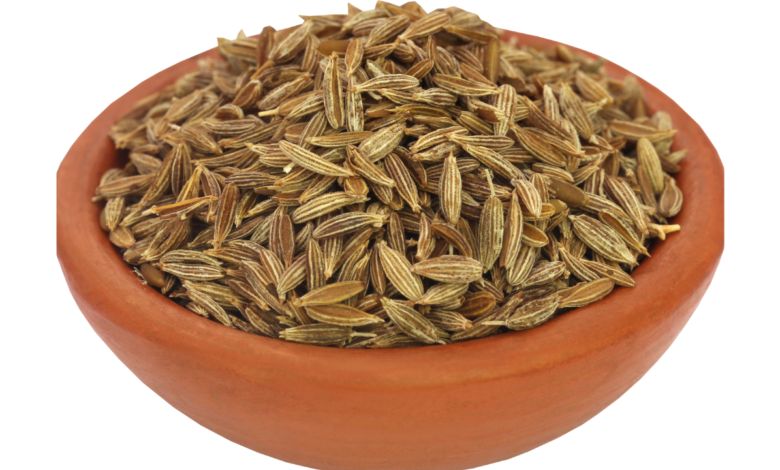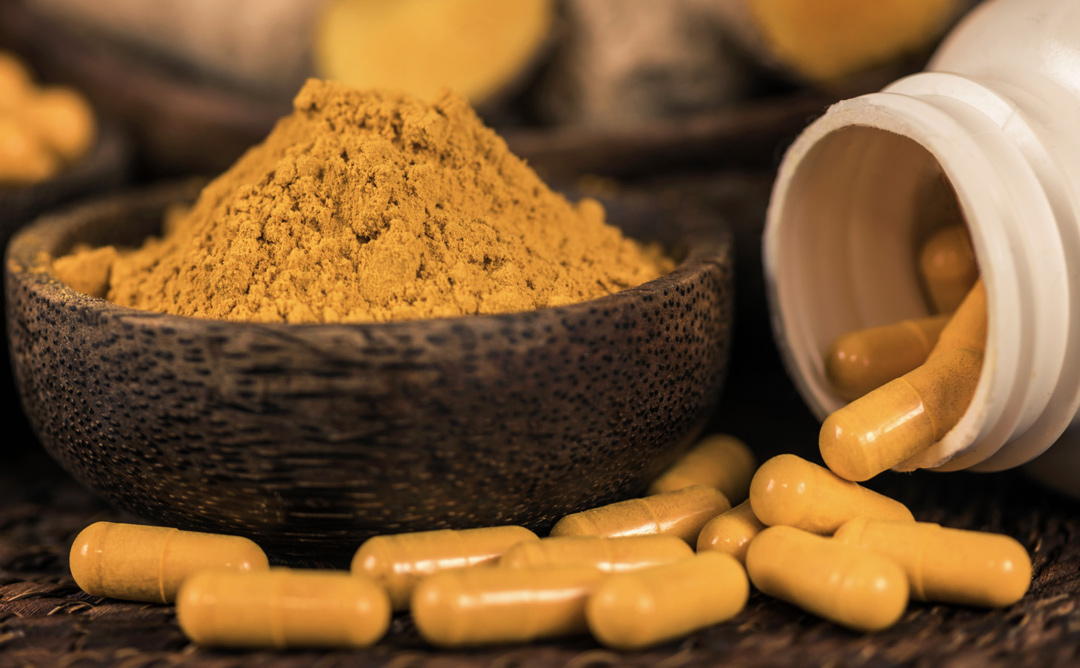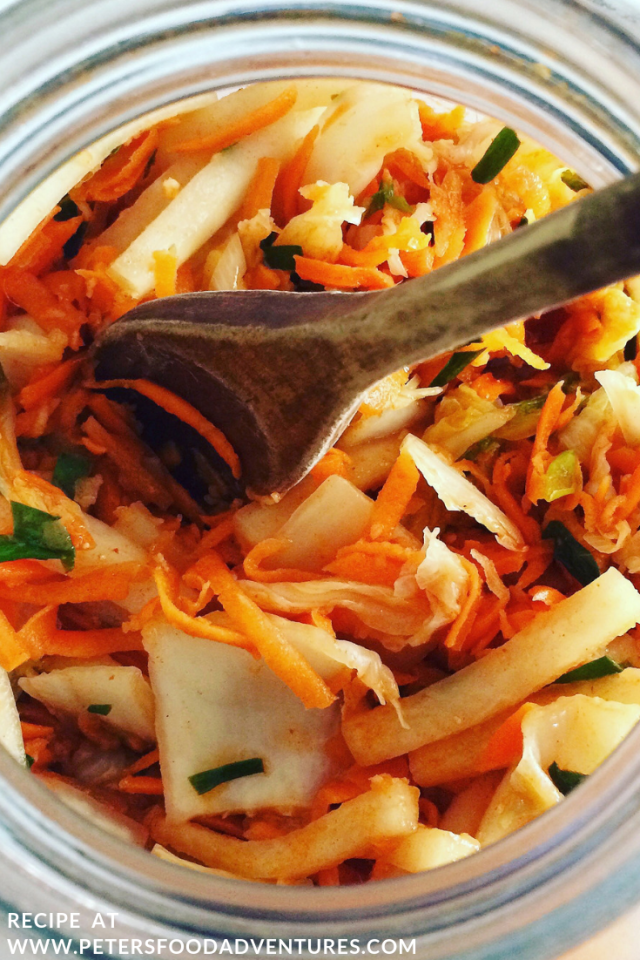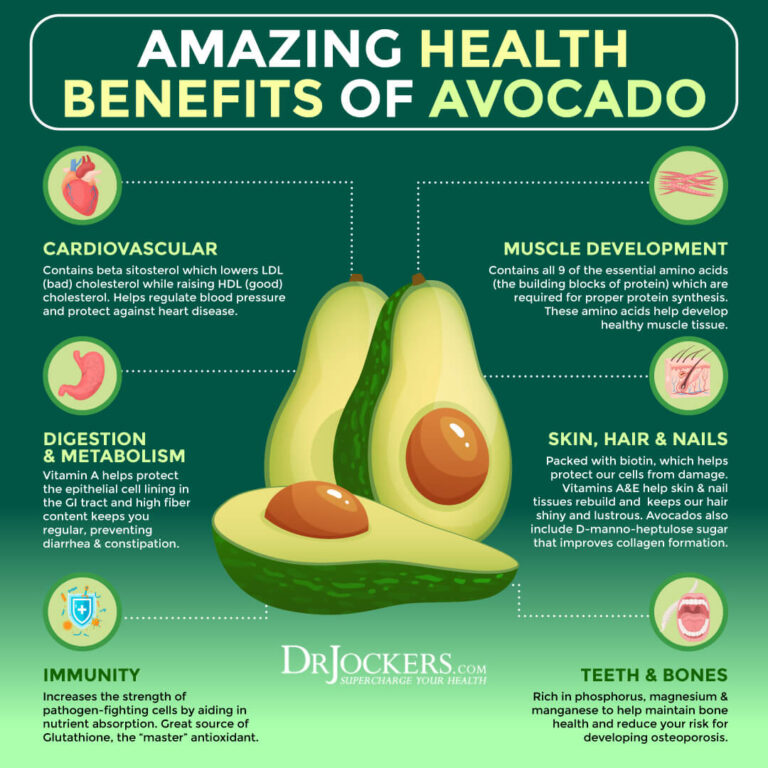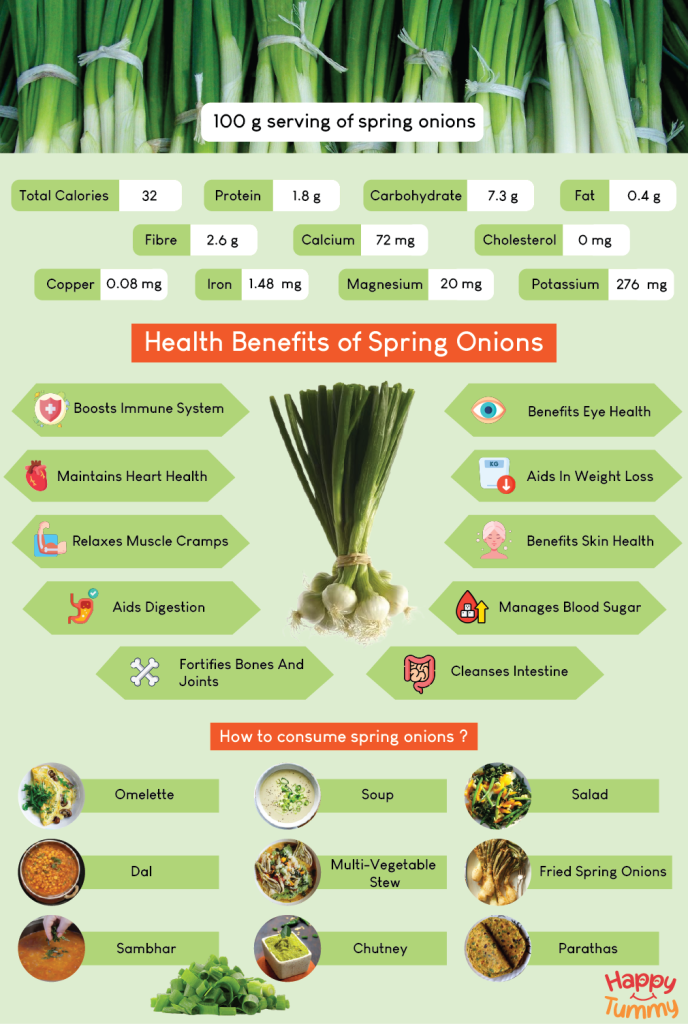The Silent Architect of Wellness: Unveiling the Anti-Inflammatory Power of Cumin
A Journey Through Time, Science, and the Unseen Forces Within a Humble Seed
In the vast tapestry of human history, where civilizations have risen and fallen, and empires have etched their legacies into the sands of time, certain threads have remained constant. Among these are the humble, yet profoundly powerful, gifts of the earth – spices. More than mere flavour enhancers, these botanical treasures have been the unsung heroes of medicine, preservation, and cultural identity. And nestled quietly within this pantheon, often overshadowed by its more vibrant or pungent cousins, lies Cuminum cyminum, the unassuming seed we know as cumin.
For millennia, cumin has graced kitchens and apothecaries across continents, its earthy, warm, and slightly peppery aroma a signature note in countless cuisines. From the fiery curries of India to the robust tagines of Morocco, the complex moles of Mexico, and the comforting stews of the Middle East, cumin is a culinary ubiquitous presence. Yet, beneath its familiar culinary veneer lies a story far more profound – a narrative of ancient wisdom meeting modern science, revealing cumin not just as a spice, but as a potent anti-inflammatory powerhouse, a silent architect of wellness working diligently within our bodies.
This is the story of cumin, not merely as an ingredient, but as a botanical ally in the ongoing battle against inflammation, a pervasive force that underpins many of the chronic diseases plaguing contemporary society. We will embark on a journey through its historical reverence, dissect its intricate chemical composition, unravel the sophisticated biological mechanisms through which it exerts its healing touch, examine the burgeoning body of scientific validation, and ultimately, discover how this ancient seed continues to offer a promising path towards a healthier future. For the knowledgeable seeker of wellness, the tale of cumin is a testament to nature’s enduring capacity to heal, waiting to be fully understood and embraced.
Chapter 1: Echoes from the Past – Cumin’s Ancient Tapestry
The story of cumin begins not in a test tube or a clinical trial, but in the sun-drenched cradles of civilization, where humanity first began to understand and harness the gifts of the natural world. Its origins are generally traced back to the Middle East and the Indian subcontinent, regions where its cultivation dates back over 5,000 years, making it one of the oldest cultivated spices in recorded history.
Imagine the bustling markets of ancient Egypt, where the air hummed with the whispers of merchants and the earthy scent of spices mingled with the aroma of freshly baked bread. Here, cumin was not merely a seasoning. It played a crucial role in the elaborate rituals of mummification, a testament to its perceived preservative and purifying properties. More significantly, it was a staple in their pharmacopeia, prescribed for digestive ailments, respiratory issues, and even as a pain reliever – an early, intuitive recognition of its therapeutic potential, long before the term "anti-inflammatory" existed. Hieroglyphs and papyri bear witness to its medicinal applications, solidifying its status as a revered healing agent.
As trade routes expanded, so did cumin’s journey. By the time of the ancient Greeks and Romans, it had become a familiar sight in their kitchens and an integral part of their medicinal traditions. The Roman scholar Pliny the Elder, in his monumental work "Natural History," mentions cumin extensively, noting its carminative properties (aiding digestion) and its use as a diuretic. Interestingly, the Romans also associated cumin with stinginess, reportedly keeping it on their dining tables to signify a frugal nature – a curious cultural footnote that contrasts sharply with its profound health benefits. Yet, despite this peculiar association, its medicinal value remained undisputed.
The flourishing of Ayurvedic medicine in India and Traditional Chinese Medicine (TCM) further cemented cumin’s reputation as a powerful therapeutic agent. In Ayurveda, cumin (known as Jeera) is celebrated for its ability to balance the doshas, particularly Vata and Kapha, and is a cornerstone ingredient in remedies for indigestion, bloating, and various inflammatory conditions affecting the gut. It was, and still is, prescribed to stimulate digestion, detoxify the body, and reduce internal heat, which often correlates with inflammatory processes. Similarly, in TCM, cumin was valued for its warming properties, used to treat cold-related digestive issues and pain, particularly joint pain – another subtle acknowledgment of its anti-inflammatory effects.
During the medieval period, as the Silk Road connected the East and West, cumin continued its global odyssey. European apothecaries adopted it into their herbal remedies, often prescribing it for similar digestive complaints and as a mild pain reliever. Beyond medicine, it acquired mystical associations, believed to protect against evil and ensure fidelity, highlighting its deep integration into the cultural fabric of societies.
This long and rich history of cumin, stretching across continents and millennia, is more than just an anecdotal collection of uses. It represents a vast, empirical database, accumulated through countless generations, observing and experiencing the spice’s profound effects on human health. While ancient civilizations lacked the scientific instruments to identify cytokines or quantify antioxidant activity, their consistent reliance on cumin for conditions now understood to be rooted in inflammation speaks volumes. This ancestral wisdom forms the bedrock upon which modern scientific inquiry now builds, seeking to unravel the precise mechanisms behind the healing power that our forebears intuitively understood. The story of cumin, therefore, is also the story of human curiosity and our enduring quest for natural wellness, a narrative that continues to unfold in laboratories and kitchens alike.
Chapter 2: The Silent Architects – Cumin’s Phytochemical Arsenal
To truly appreciate cumin’s anti-inflammatory prowess, we must venture beyond its historical narrative and delve into its microscopic architecture – the complex symphony of chemical compounds that give it both its distinctive flavour and its remarkable therapeutic properties. Cumin is not a monolithic entity; it is a finely tuned botanical machine, housing a diverse array of phytochemicals, each playing a role in its overall impact on human health. These are the silent architects, diligently working to modulate biological processes, including the intricate pathways of inflammation.
At the forefront of cumin’s bioactive profile are its volatile oils, which constitute a significant portion of its essential oil and are responsible for its characteristic aroma. The most prominent of these is cuminaldehyde, often making up 25-45% of the essential oil. Cuminaldehyde is not merely a flavour compound; it is a powerful player in cumin’s anti-inflammatory and antioxidant activities. Its molecular structure allows it to interact with biological targets, initiating a cascade of beneficial effects.
Alongside cuminaldehyde, other important volatile compounds include cymene, beta-pinene, gamma-terpinene, and alpha-terpinene. These monoterpenes and related compounds contribute to the overall therapeutic synergy. Interestingly, cumin essential oil also contains detectable amounts of thymol and carvacrol, compounds famously found in thyme and oregano, respectively, and widely recognized for their potent anti-inflammatory, antimicrobial, and antioxidant properties. The presence of these specific phenols in cumin adds another layer of sophistication to its anti-inflammatory mechanism, suggesting a broader spectrum of action than often attributed solely to cuminaldehyde.
Beyond the volatile oils, cumin is rich in a variety of phenolic compounds and flavonoids. These are broad categories of plant metabolites known for their powerful antioxidant capabilities. Key examples found in cumin include apigenin, luteolin, and quercetin. These flavonoids are well-researched for their ability to scavenge free radicals, chelate metal ions, and directly modulate inflammatory pathways. They act as natural defence mechanisms within the plant, and when consumed, they extend this protective action to our cells.
- Apigenin: A flavone celebrated for its anti-inflammatory, antioxidant, and even anticancer properties. It has been shown to inhibit several pro-inflammatory enzymes and pathways.
- Luteolin: Another potent flavonoid with significant anti-inflammatory and antioxidant effects, capable of suppressing cytokine production and modulating immune responses.
- Quercetin: A widely studied flavonoid found in many fruits and vegetables, known for its strong antioxidant activity and its ability to stabilize mast cells, reduce histamine release, and inhibit pro-inflammatory mediators.
Further contributing to cumin’s arsenal are other terpenoids, such as limonene, which also possess antioxidant and anti-inflammatory properties. The seed itself is also a source of dietary fiber, essential minerals like iron, manganese, and copper, and various B-vitamins, all of which contribute to overall health and cellular function, indirectly supporting the body’s ability to manage inflammation.
The true magic of cumin, however, lies not in any single compound, but in the synergy of its entire phytochemical profile. This concept, often referred to as the "entourage effect" or "whole plant wisdom," posits that the combined action of multiple compounds within the plant is greater and more effective than the sum of its isolated parts. The various volatile oils, phenolic compounds, and other minor constituents work in concert, amplifying each other’s effects, enhancing bioavailability, and providing a more comprehensive and balanced therapeutic outcome.
For instance, while cuminaldehyde may directly inhibit certain enzymes, the flavonoids might simultaneously enhance antioxidant defences, and the presence of minerals might support cellular repair. This intricate interplay ensures that cumin targets inflammation through multiple pathways, providing a robust and multi-pronged defence. Understanding this rich and diverse chemical composition is the first step in appreciating how cumin orchestrates its powerful anti-inflammatory effects within the human body – a testament to nature’s sophisticated pharmaceutical design.
Chapter 3: Unmasking the Mechanism – How Cumin Fights Fire
To truly grasp the anti-inflammatory power of cumin, we must first understand what inflammation is and why its chronic form is so detrimental. Inflammation is the body’s natural and vital response to injury, infection, or irritation. It’s a localized protective reaction that involves immune cells, blood vessels, and molecular mediators, designed to eliminate the initial cause of cell injury, clear out necrotic cells and tissues, and initiate tissue repair. This acute, short-term inflammation is a cornerstone of our immune system, a necessary "fire alarm" that signals danger and calls for healing.
However, when this protective response becomes dysregulated or prolonged, it transforms into chronic inflammation. This insidious, low-grade, persistent "smoldering fire" can last for months or even years, silently damaging tissues and organs. Chronic inflammation is no longer a protective mechanism; it is a destructive force, now recognized as a root cause or significant contributor to a vast array of modern chronic diseases, including cardiovascular disease, type 2 diabetes, metabolic syndrome, neurodegenerative disorders (like Alzheimer’s and Parkinson’s), certain cancers, autoimmune diseases (such as rheumatoid arthritis, lupus, and inflammatory bowel disease), and even depression. It is against this silent, pervasive enemy that cumin deploys its formidable arsenal.
Cumin’s anti-inflammatory actions are multifaceted, targeting several key pathways and mediators involved in the inflammatory cascade:
-
Modulation of the NF-κB Pathway: Perhaps one of the most significant mechanisms by which cumin exerts its anti-inflammatory effects is through the inhibition of the Nuclear Factor kappa-light-chain-enhancer of activated B cells (NF-κB) pathway. NF-κB is a central transcriptional regulator that controls the expression of numerous genes involved in inflammatory and immune responses. When activated, NF-κB translocates to the nucleus and promotes the production of pro-inflammatory cytokines, chemokines, adhesion molecules, and enzymes. Studies suggest that compounds within cumin, particularly cuminaldehyde and its phenolic constituents, can interfere with NF-κB activation, thereby dampening the overall inflammatory response at its genetic source. By inhibiting this master switch, cumin effectively turns down the volume on a wide range of inflammatory signals.
-
Suppression of Pro-inflammatory Cytokines: Cytokines are small proteins that act as messengers between cells, orchestrating immune and inflammatory responses. In chronic inflammation, there is an overproduction of pro-inflammatory cytokines such as Tumor Necrosis Factor-alpha (TNF-α), Interleukin-1 beta (IL-1β), and Interleukin-6 (IL-6). These cytokines are crucial drivers of inflammation, pain, and tissue damage. Research indicates that cumin extracts and its active compounds can significantly reduce the production and release of these harmful cytokines, thereby mitigating the severity of inflammatory conditions. By calming these cellular communicators, cumin helps to restore balance.
-
Inhibition of COX and LOX Enzymes: Non-steroidal anti-inflammatory drugs (NSAIDs) like ibuprofen and aspirin work by inhibiting cyclooxygenase (COX) enzymes, specifically COX-2, which is responsible for producing pro-inflammatory prostaglandins. Cumin has been shown to exhibit similar COX-2 inhibitory activity, albeit through natural, less aggressive means. Additionally, cumin can also inhibit lipoxygenases (LOX), another family of enzymes involved in the production of leukotrienes, powerful mediators of inflammation, particularly in allergic and asthmatic responses. By targeting both COX and LOX pathways, cumin offers a broad-spectrum approach to reducing inflammatory pain and swelling.
-
Reduction of Nitric Oxide Synthase (iNOS) and Nitric Oxide (NO): In inflammatory states, inducible Nitric Oxide Synthase (iNOS) is often overexpressed, leading to excessive production of nitric oxide (NO). While NO plays a role in various physiological processes, its overproduction in inflammatory contexts can contribute to tissue damage and oxidative stress. Cumin has been observed to suppress iNOS expression and consequently reduce NO levels, further contributing to its anti-inflammatory profile.
-
Antioxidant Powerhouse and Oxidative Stress Mitigation: Chronic inflammation and oxidative stress are inextricably linked; they fuel each other in a vicious cycle. Oxidative stress, caused by an imbalance between the production of reactive oxygen species (free radicals) and the body’s ability to neutralize them, can damage cells and trigger inflammatory responses. Cumin, rich in phenolic compounds and flavonoids, is a potent antioxidant. Its compounds directly scavenge free radicals, reducing oxidative damage to lipids, proteins, and DNA. By interrupting this destructive cycle, cumin not only reduces inflammation but also protects against its downstream consequences, such as cellular aging and disease progression.
The intricate dance of these mechanisms underscores cumin’s sophistication as a natural anti-inflammatory agent. It doesn’t merely mask symptoms; it addresses the underlying cellular and molecular events that drive inflammation. This comprehensive approach positions cumin as a valuable tool in supporting the body’s innate ability to maintain health and combat the pervasive threat of chronic inflammation.
Chapter 4: The Modern Lens – Scientific Validation and Clinical Insights
While traditional wisdom has long lauded cumin’s healing properties, the rigorous scrutiny of modern science is steadily providing the empirical evidence to back these claims. Over the past few decades, a growing body of in vitro (cell culture) and in vivo (animal model) studies, alongside emerging human clinical trials, has begun to unravel and validate the specific anti-inflammatory actions of cumin. This scientific journey is transforming cumin from an anecdotal remedy into a respected subject of biomedical research.
Insights from In Vitro and In Vivo Studies:
Laboratory studies have been instrumental in dissecting cumin’s molecular mechanisms. In vitro experiments using various cell lines have demonstrated that cumin extracts and its isolated compounds (like cuminaldehyde, apigenin, and luteolin) can:
- Significantly reduce the production of pro-inflammatory cytokines such as TNF-α, IL-1β, and IL-6 in immune cells stimulated with inflammatory agents.
- Inhibit the activation of the NF-κB pathway, confirming its role as a key regulator.
- Decrease the activity of COX-2 and iNOS enzymes, leading to reduced prostaglandin and nitric oxide synthesis.
- Exhibit strong antioxidant activity by scavenging free radicals and increasing the activity of endogenous antioxidant enzymes.
Moving beyond cell cultures, animal models have provided compelling evidence of cumin’s therapeutic efficacy in living systems. Studies on rodents have shown that cumin supplementation or administration of its extracts can:
- Reduce inflammation in models of arthritis: In animals with induced rheumatoid arthritis, cumin has been shown to decrease joint swelling, improve mobility, and reduce inflammatory markers in the blood and joint fluid.
- Ameliorate colitis: In models of inflammatory bowel disease (IBD), cumin treatment has significantly reduced colon inflammation, mucosal damage, and inflammatory cytokine levels.
- Mitigate diabetes-related inflammation: Given the strong link between diabetes and chronic low-grade inflammation, animal studies have demonstrated cumin’s ability to improve insulin sensitivity, reduce blood glucose, and decrease inflammatory markers in diabetic animals.
- Protect against liver and kidney damage: Its antioxidant and anti-inflammatory properties have shown protective effects against chemically induced damage in these vital organs.
These preclinical studies lay a strong foundation, indicating that cumin’s compounds are bioactive and capable of producing measurable anti-inflammatory effects within a complex biological system.
Emerging Human Clinical Trials:
While animal studies are promising, the ultimate test of efficacy lies in human clinical trials. The research in this area is still evolving, but initial findings are highly encouraging, particularly in areas related to metabolic health and general wellness.
- Metabolic Syndrome and Obesity: Chronic inflammation is a hallmark of metabolic syndrome and obesity. Several human trials have investigated cumin’s impact in these populations. For instance, studies have shown that daily supplementation with ground cumin powder or cumin essential oil can lead to significant reductions in markers of inflammation (such as C-reactive protein (CRP), a widely used indicator of systemic inflammation, and TNF-α) in individuals with overweight, obesity, or metabolic syndrome. Furthermore, these studies often report improvements in blood lipid profiles (reduced LDL cholesterol and triglycerides, increased HDL cholesterol) and blood glucose control, highlighting cumin’s holistic benefits in managing these complex conditions where inflammation plays a central role.
- Weight Management: Beyond direct inflammatory markers, cumin has been explored for its role in weight loss, often linked to its anti-inflammatory effects. Some studies have indicated that cumin consumption can contribute to modest weight reduction, possibly by improving metabolism and reducing inflammation associated with adipose tissue.
- Digestive Health: Building on its traditional use for digestion, preliminary human research suggests cumin may offer benefits for individuals with functional dyspepsia (indigestion) and possibly irritable bowel syndrome (IBS) symptoms, though more robust studies are needed to confirm direct anti-inflammatory effects in these specific conditions. Its carminative properties undoubtedly contribute to gut comfort, which can indirectly reduce inflammation.
- Antioxidant Capacity: Human studies have also confirmed that regular consumption of cumin can increase the overall antioxidant capacity of the blood, providing enhanced protection against oxidative stress, a key driver of inflammation.
Safety and Dosage:
Generally, cumin, when used as a spice or in culinary quantities, is considered very safe for most individuals. The doses used in human clinical trials for therapeutic effects typically range from a few hundred milligrams to a few grams of ground cumin powder or extracts daily. As with any natural intervention, it’s always advisable to consult with a healthcare professional before starting significant supplementation, especially for individuals with pre-existing conditions or those on medication. While the essential oil is highly concentrated and requires careful handling, the whole seed or ground powder offers a safe and accessible way to incorporate its benefits.
The journey from ancient folk remedy to scientifically validated therapeutic agent is a long and arduous one, but cumin is steadily making its way. The confluence of historical application and modern scientific inquiry paints a compelling picture of a humble spice with profound anti-inflammatory capabilities, offering a natural and accessible avenue for promoting health and mitigating disease.
Chapter 5: Beyond the Spice Rack – Incorporating Cumin into an Anti-Inflammatory Lifestyle
Armed with the knowledge of cumin’s historical journey and its scientifically validated mechanisms, the next natural step is to translate this understanding into practical application. How can we effectively harness the anti-inflammatory power of cumin in our daily lives? The beauty of cumin lies in its versatility and accessibility, allowing for seamless integration into an anti-inflammatory lifestyle, moving it beyond a mere flavouring agent to a deliberate component of our wellness strategy.
Culinary Alchemy: Making Cumin Your Ally
The most straightforward and delightful way to consume cumin is through cooking. Its warm, earthy, and slightly pungent flavour profile lends itself to an astonishing array of dishes across global cuisines.
- Roasting for Depth: To unlock cumin’s full aromatic and flavour potential, and possibly enhance the bioavailability of some compounds, lightly dry-roast whole cumin seeds in a pan until fragrant before grinding. This technique is a cornerstone of Indian cooking and adds a layer of complexity.
- Ground vs. Whole: Both forms offer benefits. Whole seeds provide texture and a burst of flavour when bitten into, ideal for tempering oils (like in Indian tadka) or adding to breads and pickles. Ground cumin powder offers a more diffused flavour and integrates seamlessly into sauces, marinades, and rubs.
- Curries and Stews: Cumin is indispensable in curries, lentil dishes (dals), and hearty stews. It forms a foundational flavour base, often paired with turmeric, ginger, and garlic – a synergy of anti-inflammatory ingredients.
- Marinades and Rubs: Use ground cumin in rubs for meats, poultry, or plant-based proteins like tofu and tempeh. It adds depth to marinades for grilling or roasting.
- Vegetable Dishes: Sprinkle ground cumin on roasted vegetables (carrots, sweet potatoes, cauliflower, chickpeas) or incorporate it into vegetable stir-fries and sautés.
- Soups and Broths: A pinch of ground cumin can transform a simple vegetable soup or bone broth into a more flavourful and health-boosting meal.
- Breads and Baked Goods: Add whole or ground cumin to savory breads, crackers, or even a sprinkle on avocado toast for an unexpected kick.
- Salad Dressings and Dips: Whisk ground cumin into vinaigrettes or blend it into hummus, guacamole, or yogurt-based dips.
- Cumin Tea: For a simple, soothing drink, steep a teaspoon of whole cumin seeds in hot water for 5-10 minutes. This is a traditional remedy for digestive discomfort and can be a gentle way to consume its compounds.
Forms of Cumin: Seeds, Powder, and Oil
- Whole Cumin Seeds: Best for roasting, tempering, and adding texture. They retain their potency longer than ground cumin.
- Ground Cumin Powder: Convenient for quick addition to dishes, but loses potency faster. Store in an airtight container away from light and heat.
- Cumin Essential Oil: This is highly concentrated and should be used with extreme caution. It is primarily for external use (diluted in carrier oils for topical application) or aromatherapy. Internal consumption of essential oils should only be done under the strict guidance of a qualified practitioner, as high concentrations can be toxic. The anti-inflammatory benefits discussed in this article primarily refer to the whole spice or its extracts, not typically the isolated essential oil for internal consumption.
Synergistic Food Pairings: Amplifying the Effect
Cumin’s anti-inflammatory power is often enhanced when paired with other beneficial ingredients:
- Turmeric and Black Pepper: This classic duo is a potent anti-inflammatory combination. Black pepper significantly enhances the bioavailability of curcumin from turmeric, and all three spices work synergistically to fight inflammation.
- Ginger and Garlic: Both are well-known for their anti-inflammatory and immune-boosting properties, making them excellent companions for cumin in savory dishes.
- Healthy Fats: Cumin’s fat-soluble compounds are better absorbed when consumed with healthy fats like olive oil, avocado oil, ghee, or coconut oil.
- Leafy Greens and Colorful Vegetables: Incorporating cumin into meals rich in antioxidants and fibre further supports an anti-inflammatory diet.
Dosage and Frequency: A Consistent Approach
Unlike a pharmaceutical drug with a precise dosage, incorporating cumin for its anti-inflammatory benefits is more about consistent, regular consumption as part of a balanced diet. There isn’t a single "magic dose," but generally, using 1-2 teaspoons of ground cumin daily, spread across meals, is a reasonable and easily achievable amount to derive its benefits. For specific therapeutic purposes, higher doses in the form of standardized extracts might be considered under professional guidance. The key is consistency – making cumin a regular feature in your cooking rather than an occasional guest.
Who Can Benefit Most?
Anyone looking to reduce chronic inflammation and support overall health can benefit from incorporating cumin. This includes individuals:
- Managing chronic inflammatory conditions (e.g., arthritis, IBD, asthma).
- Dealing with metabolic syndrome, type 2 diabetes, or obesity.
- Seeking to improve digestive health and gut comfort.
- Aiming to enhance their body’s antioxidant defenses.
- Simply wishing to adopt a more health-conscious and flavourful diet.
By consciously integrating cumin into your culinary repertoire, you are not just adding flavour; you are actively engaging in a time-honored tradition of natural healing, making a simple yet profound choice to nurture your body with one of nature’s most powerful, silent architects of wellness.
Chapter 6: The Unfolding Narrative – Future Directions and Remaining Questions
The story of cumin, like all compelling narratives, continues to unfold. Despite the wealth of historical wisdom and the growing body of modern scientific evidence, there remain intriguing questions and promising avenues for future research. The journey from a revered ancient remedy to a fully understood and clinically utilized therapeutic agent is a continuous process of discovery, demanding ongoing curiosity and rigorous investigation.
Targeted Research on Specific Compounds vs. Whole Spice:
One of the central debates in natural product research revolves around the efficacy of the whole plant versus its isolated active compounds. While we understand that cuminaldehyde, apigenin, luteolin, and other compounds contribute significantly to cumin’s anti-inflammatory effects, the concept of synergy suggests that the whole spice, with its complex array of constituents, may offer superior or more balanced benefits than any single isolated component. Future research needs to continue exploring both aspects: identifying specific compounds for potential drug development while also conducting comprehensive studies on whole cumin extracts to fully understand and optimize the "entourage effect." This dual approach will allow us to leverage both targeted interventions and holistic nutritional strategies.
Standardization of Extracts:
For cumin to transition from a culinary spice to a reliable nutraceutical or pharmaceutical, the standardization of its extracts is crucial. This means developing methods to ensure that each batch of cumin extract contains a consistent concentration of its key bioactive compounds. Standardization would allow for more precise dosing in clinical trials and more predictable outcomes for consumers, bridging the gap between variability in natural products and the consistency required for medical applications. This would facilitate the development of high-quality cumin supplements with assured potency.
Larger, Long-Term Human Clinical Trials:
While initial human studies are promising, many are relatively small in scale and duration. There is a pressing need for larger, randomized, placebo-controlled human clinical trials that span longer periods. Such trials would provide more definitive evidence of cumin’s efficacy in preventing or managing chronic inflammatory diseases, elucidate optimal dosages for specific conditions, and identify any long-term effects or potential interactions. These robust studies are essential for cumin to gain wider acceptance in conventional medicine and be integrated into clinical guidelines.
Understanding Individual Variations in Response:
Just as individuals respond differently to pharmaceutical drugs, there can be variations in response to natural products. Factors such as genetics, gut microbiome composition, dietary habits, and overall health status can influence how effectively a person metabolizes and utilizes the bioactive compounds in cumin. Future research could explore personalized nutrition approaches, investigating how individual biological differences impact cumin’s anti-inflammatory efficacy. This would allow for more tailored recommendations, maximizing benefits for each person.
Potential for Drug Development:
The potent anti-inflammatory properties of cumin’s compounds, particularly cuminaldehyde and its phenolic constituents, present exciting opportunities for drug discovery and development. Natural products have historically served as rich sources for novel therapeutic agents. Further research could involve synthesizing analogues of cumin’s active compounds, potentially leading to the creation of new anti-inflammatory drugs with fewer side effects than current pharmaceuticals, especially for chronic conditions where long-term medication is required.
Exploring Specific Inflammatory Conditions:
While general anti-inflammatory effects have been observed, more targeted research on specific inflammatory diseases would be beneficial. For example, delving deeper into cumin’s potential role in managing neuroinflammation (linked to Alzheimer’s and Parkinson’s), autoimmune disorders, or specific types of cancer-related inflammation could unlock new therapeutic avenues. Understanding its precise impact on disease progression in these complex conditions is a vital next step.
The Ongoing Story of Natural Medicine and Scientific Exploration:
The narrative of cumin is emblematic of the broader story of natural medicine in the 21st century. It highlights the immense value of traditional knowledge as a starting point for modern scientific inquiry. As our understanding of inflammation deepens, and as the limitations of conventional anti-inflammatory drugs become clearer, the search for safer, more holistic, and naturally derived solutions intensifies. Cumin stands as a shining example of this ongoing quest – a testament to the enduring power of nature, waiting for science to fully articulate its wisdom. The future holds the promise of unlocking even more layers of this humble seed’s extraordinary potential, continuing its millennia-old legacy of healing.
Conclusion: The Enduring Legacy of a Humble Seed
From the dusty bazaars of ancient Egypt to the sophisticated laboratories of today, cumin has traversed millennia, silently accumulating a legacy of wellness. What began as an intuitive understanding, passed down through generations of healers and culinary artists, is now steadily being illuminated by the precise beams of scientific inquiry. The story of cumin is a compelling testament to the enduring power of nature, a narrative woven with threads of history, chemistry, biology, and human ingenuity.
We have journeyed through its ancestral roots, witnessing its revered status in ancient cultures and traditional medicinal systems, where its subtle anti-inflammatory effects were intuitively harnessed. We have peered into its intricate phytochemical arsenal, discovering the silent architects – cuminaldehyde, a symphony of terpenes, and a rich chorus of flavonoids like apigenin, luteolin, and quercetin – all working in concert. We have unmasked the sophisticated biological mechanisms through which these compounds orchestrate their healing touch, modulating the NF-κB pathway
